Supporting Teacher Wellbeing Through the Four Dimensions Framework
Written by Dr Caroline Blackley, Founder and Director, Dr Caroline Blackley Four Dimensions
In today’s classrooms, teachers face a complex and fast-paced environment where decisions are made every few seconds. These decisions—ranging from instructional choices to behaviour management—are shaped by a mix of cognitive load, emotional state, and prior experience. The Four Dimensions Framework, developed by Dr Caroline Blackley, offers a practical and research-informed approach to help teachers navigate this complexity while enhancing their wellbeing.
The Challenge: Cognitive Load and Teacher Affect
Research shows that teachers operate under significant cognitive load, especially when managing student behaviour and maintaining engagement. Cognitive load refers to the mental effort required to process information and make decisions. When this load becomes excessive, it can lead to frustration, slower decision-making, and reduced effectiveness.
Teacher affect—the emotional state influencing perception and response—also plays a critical role. Negative affect, such as stress or fatigue, can impair working memory and lead to reactive or passive decision-making. Over time, this can erode teacher confidence and job satisfaction, contributing to burnout and attrition.
The Four Dimensions Framework: A Pathway to Positive Practice
The Four Dimensions Framework (4D) is designed to reduce cognitive load and shift teacher affect toward more positive, proactive states. It does this by simplifying decision-making and embedding consistent, evidence-based practices into daily routines.
At its core, the 4D Framework helps teachers:
Recognise and reinforce positive behaviour before correction is needed.
Use shared language and routines to create consistency across classrooms.
Reflect on practice through data-informed coaching and observation.
Build confidence by focusing on what works and celebrating progress.
This approach transforms classroom culture by prioritising acknowledgement over correction, reducing disruptions, and fostering stronger relationships between teachers and students.
Evidence from Research: Shifting Language and Practice
Dr Blackley’s research highlights how teacher language reflects emotional state and decision-making patterns. In early interviews, teachers often used language associated with frustration, blame, and fatigue. Over time, as they engaged with the 4D Framework, their language shifted toward proactive, solution-focused terms like “expectations,” “learning,” and “teacher”.
This shift wasn’t just semantic—it reflected real changes in classroom practice. Teachers reported fewer correction and redirection actions, increased satisfaction, and a greater sense of control. Positive actions became less intrusive, allowing learning to continue uninterrupted. These changes were observed across diverse teacher backgrounds, suggesting the framework’s broad applicability.
Empowering Teachers Through Professional Development
The 4D Framework is delivered through a combination of whole-school scans, interactive PD workshops, and individual coaching. These sessions help teachers understand the decision-making process, identify strengths and growth areas, and embed consistent strategies across the school.
By focusing on what works—and providing clear evidence of impact—teachers gain confidence in their actions. This reduces the mental strain of constant decision-making and supports a more positive emotional state. As one teacher noted, “I now have a more positive learning environment and better working relationships with my students”.
Wellbeing Outcomes: Confidence, Consistency, and Connection
Teacher wellbeing is about creating conditions where teachers feel confident, connected, and capable. The 4D Framework supports this by:
Building teacher agency in todays classrooms.
Reducing ambiguity in behaviour expectations and responses.
Creating shared language that fosters collaboration and clarity.
Providing evidence of success, which reinforces effective practices.
Encouraging reflection, leading to continuous growth and improvement.
These outcomes contribute to a more positive school culture, where teachers are empowered to lead learning rather than manage disruption. Over time, this can reduce attrition and build a more resilient teaching workforce.
A Call to Action: Bring the 4D Framework to Your School
If you're looking to support teacher wellbeing, improve classroom consistency, and foster a positive learning environment, the Four Dimensions Framework offers a proven path forward.
Take the next step: Book a free two-hour staff presentation to introduce the 4D Framework to your team. This interactive session will explore how the framework works, why it matters, and how it can be applied in your school context.
Empower your teachers. Transform your classrooms. Build a culture where wellbeing and learning go hand in hand.
Blackley Group are exhibiting at the National Education Summit in:


